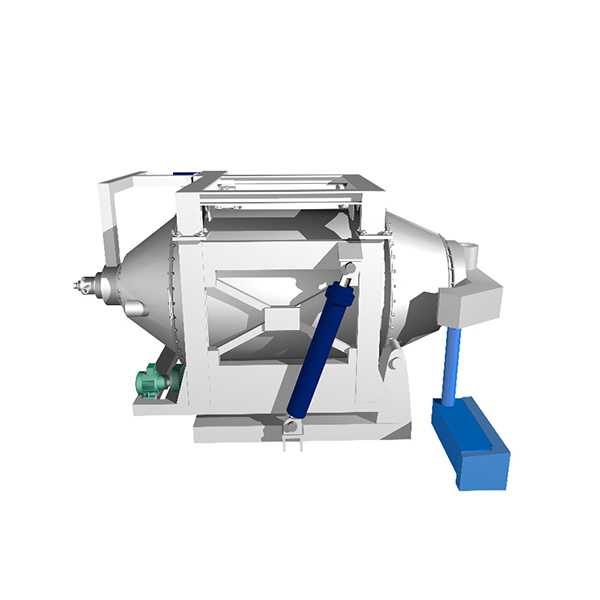Antimony rotary furnace plays an important role in production. To ensure its efficient and stable operation, the following maintenance measures are essential:

Daily maintenance: First, lubrication system management. Check the lubrication status of key parts such as rotating bearings and roller bearings every day, use clean lubricating oil and ensure sealing, and regularly check the oil quality of the supporting wheel shaft oil spoon. Second, tightening and sealing inspection. Newly installed wheel hoops are easy to loosen and need to be checked daily. Tighten the relevant bolts to prevent air leakage and material leakage, check the seals of the kiln head and kiln tail, and adjust the tensioning device in time. Third, operation status monitoring. Real-time inspection of abnormalities such as dust emission from the kiln door cover, check the temperature, noise and lubrication of the motor, monitor the cooling air volume of the kiln head to prevent the kiln cylinder from overheating. Fourth, replacement of wear parts. Regularly check the friction ring and other easily worn parts, and replace them if they exceed the standard.
Regular maintenance: Strictly implement the graded maintenance system, daily maintenance cleaning equipment surface, check oil level and fasteners; first-level maintenance monthly inspection of wheel slippage, etc.; second-level maintenance quarterly comprehensive inspection of reducer bearings, etc.; third-level maintenance annual comprehensive inspection of furnace lining refractory materials. At the same time, regularly check the wear of refractory materials and repair them in time, calibrate the combustion system every six months, check the wear of the feeding system every week, and clean the flue gas and ash every month.
Troubleshooting and maintenance: regularly check the lubrication of the reducer bearing, replace the over-standard bearings, and check the tangential keys; regularly check the gap of the furnace body ball hinge bolts and replace damaged parts; adjust the coal supply and optimize the temperature distribution in the kiln to deal with ring formation; check the temperature gradient, add multi-stage bag dust removal to optimize the condensation efficiency; if the tail gas SO₂ exceeds the standard, increase the pH value of the desulfurization liquid or use the double alkali method for desulfurization.
Safety precautions: In terms of operating specifications, it is strictly forbidden to enter the furnace with hazardous substances, and keep the exhaust valve open during ventilation; in terms of electrical safety, install a leakage protection switch and regularly check the cable insulation layer; personal protection should be in place, operators should wear protective equipment, and use non-corrosive cleaning agents to clean the furnace; emergency treatment should be timely, and cracks in the kiln body should be stopped and reported in case of emergency.
The implementation of these measures can improve the operating efficiency of the antimony rotary furnace, extend its life and ensure safety. It is recommended to formulate a personalized maintenance plan based on the log to achieve cost reduction and efficiency improvement.